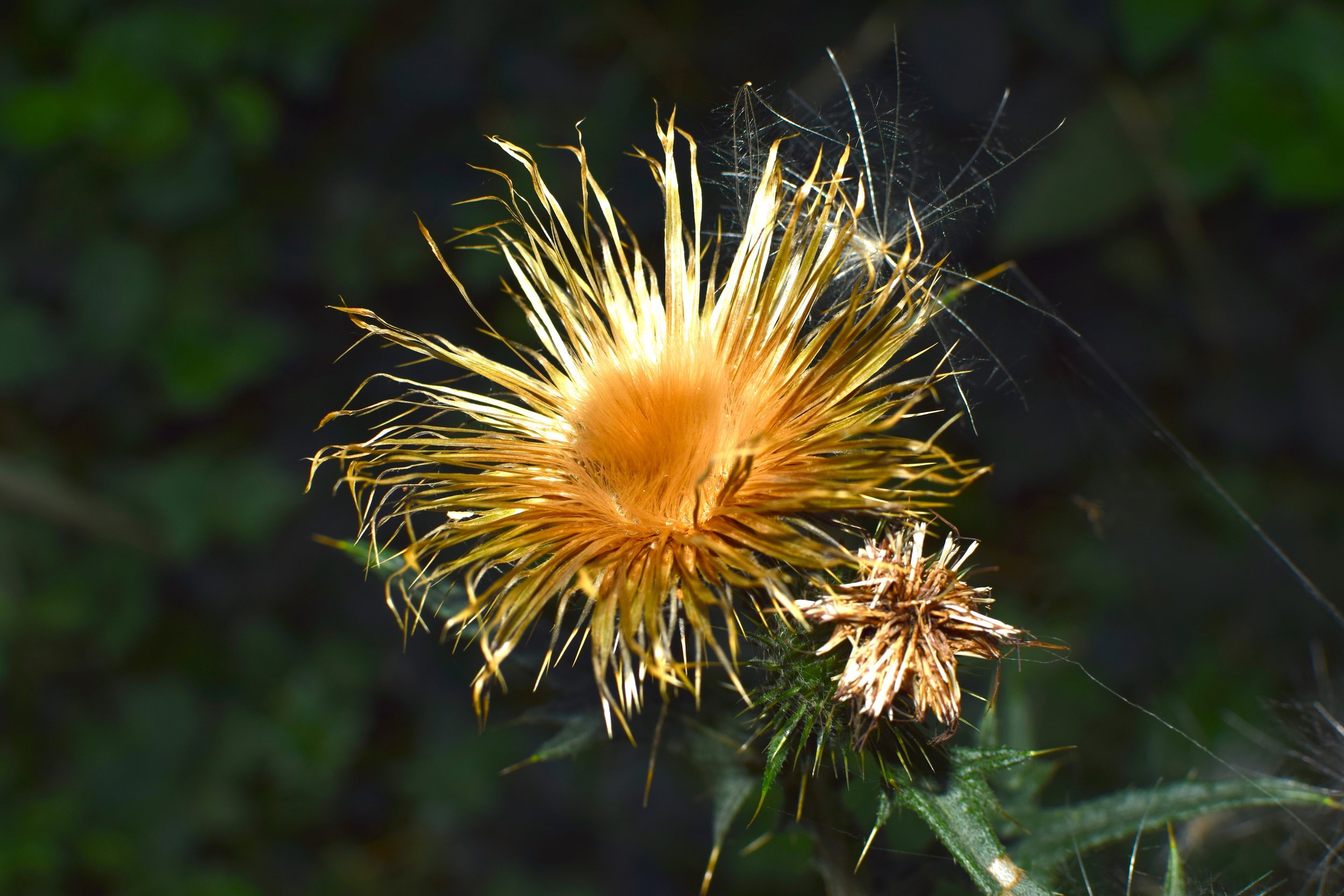A Chilling Effect: Unlocking the Magic of Seed Stratification
CC0 - Image via pxHere
As the vibrant colors of summer give way to the crisp air and falling leaves of autumn, gardeners eagerly prepare for the next planting season. While spring is traditionally associated with sowing seeds, the practice of chilling seeds before planting, known as seed stratification, offers a fascinating opportunity to enhance the germination process. In this blog post, we will explore the benefits of chilling fall seeds and uncover the magic that lies within this simple technique.
What is Seed Stratification?
Seed stratification is a process that mimics the natural conditions necessary for seed germination. Many plant species, especially those native to colder regions, depend on a period of cold exposure before they can sprout. This requirement ensures that seeds remain dormant throughout the winter and germinate when favorable conditions return in spring.
Why Chill Fall Seeds?
Overcoming Dormancy
By subjecting seeds to cold temperatures, gardeners can break their dormancy and stimulate germination. This process allows seeds to sense the passing of winter and prepares them for the coming growing season. It is particularly useful for plants that may have a delayed or uneven germination rate.
Enhanced Germination Rates
Stratification can significantly increase germination rates, especially for species that naturally require cold treatment. Chilling seeds triggers biochemical changes within the embryo, breaking down internal inhibitors and promoting growth. As a result, seeds that have undergone stratification tend to sprout more uniformly and robustly.
Expanded Planting Options
Fall seed stratification opens up possibilities for early spring plantings. By chilling seeds during autumn, you can get a head start on the growing season, as the pre-treated seeds will be primed for quick germination when conditions become favorable.
How to Chill Fall Seeds
Choose Suitable Seeds
Not all plant species require chilling, so it's important to research which seeds in your garden would benefit from stratification. Native wildflowers, perennial herbs, some fruit trees, and certain vegetable seeds like carrots, lettuce, and onions are good candidates for this technique.
Collect Seeds
Harvest or purchase fresh seeds for optimal viability. Make sure to obtain seeds from reputable sources to ensure they are of good quality and disease-free.
Clean and Dry Seeds
Remove any debris or chaff from the seeds and allow them to dry thoroughly before stratification. This step prevents mold or rot during the chilling process.
Select Stratification Method
There are various ways to stratify seeds. One common method is to place them in a plastic bag with a moistened substrate like sand, peat moss, or vermiculite. Alternatively, you can sow the seeds directly in containers or pots and place them outdoors, where they will naturally experience winter conditions.
Provide Adequate Cold Treatment
Once the seeds are prepared, they need to be kept in a cool environment for the recommended period. This can range from a few weeks to several months, depending on the specific plant species. An unheated garage, refrigerator, or a sheltered outdoor spot are suitable locations for chilling seeds.
Monitor Progress
Regularly check the seeds for signs of sprouting or mold. Adjust the moisture levels if necessary to prevent drying out or excessive moisture buildup.
Planting
After the chilling period is complete, sow the pre-treated seeds in well-prepared soil according to the recommended depth and spacing. Water gently and provide suitable growing conditions to encourage healthy seedling development.
Chilling fall seeds through stratification is an age-old technique that harnesses the power of nature to maximize germination rates and promote stronger plant growth. By providing seeds with the cold exposure they require, gardeners can unlock the potential of various plant species by mimicking nature. If you collect and store seeds, chilling them might just be the missing piece of the puzzle to ensure good germination.

